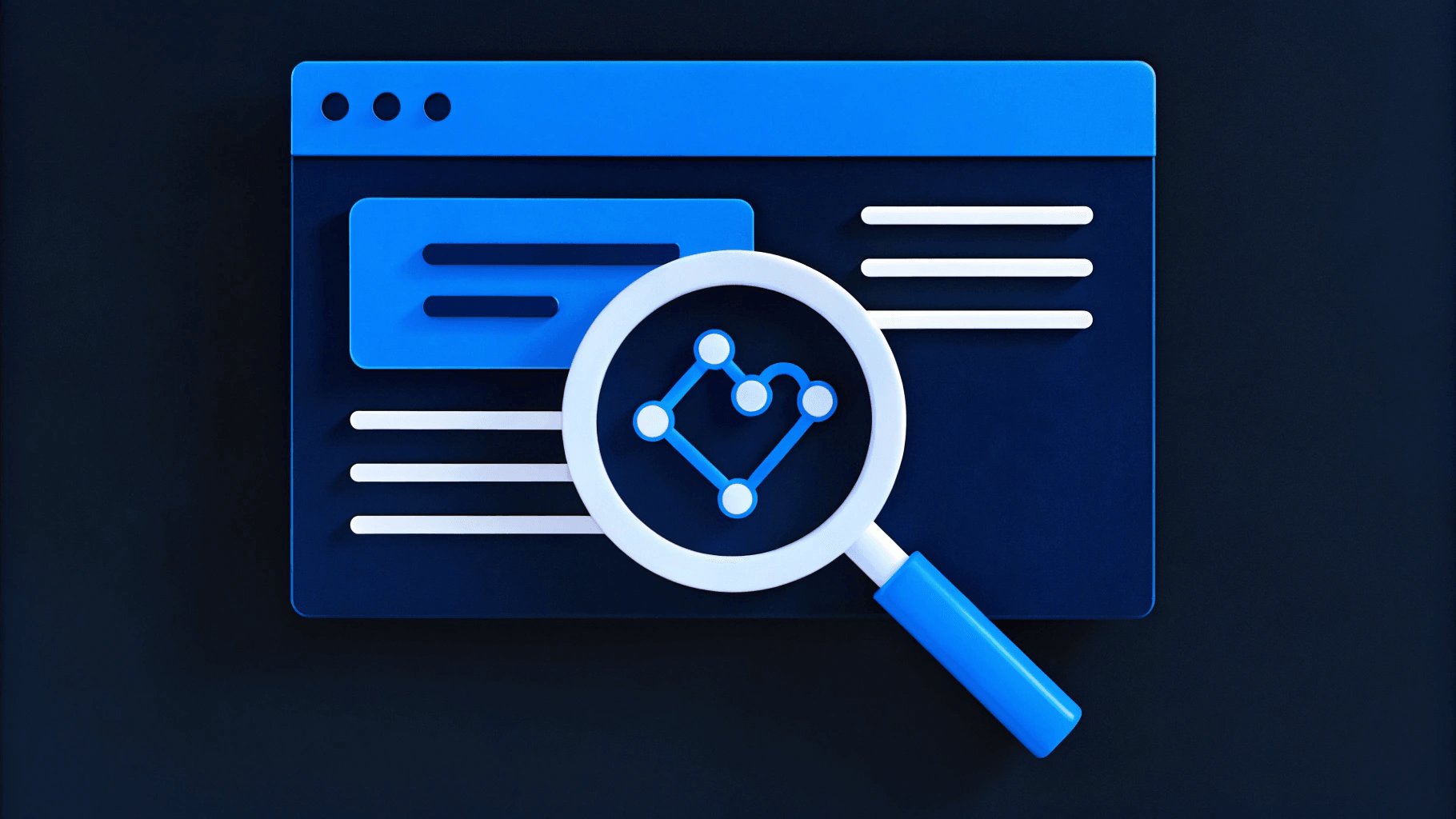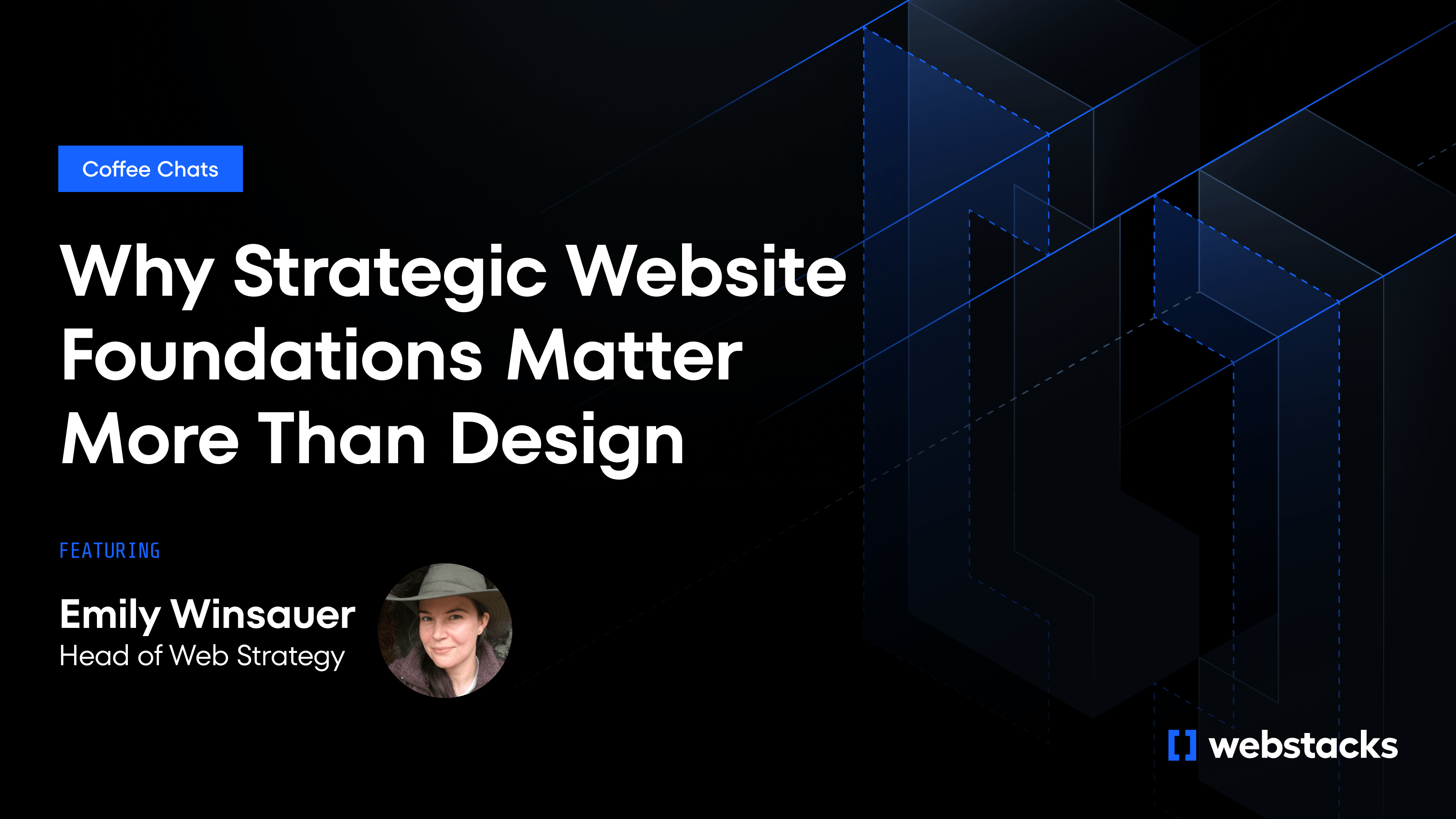Outgrowing your current CMS is a common and positive sign. It usually means your content demands are growing faster than your tools can keep up. For many teams, the issues are familiar: publishing slows down, developer workloads become unmanageable, and rigid APIs limit the speed of adaptation. That’s where modern headless CMS platforms come in.
The best options today provide developers with structured APIs, editors with real publishing autonomy, and your entire team with faster paths to production. Think real-time collaboration, modular content models, localization workflows, and performance built for global scale. This guide breaks down leading alternatives that solve common CMS bottlenecks, allowing you to choose the one that best fits your team's approach to building, publishing, and growing.

Why Teams Leave Hygraph
Hygraph’s fast setup and GraphQL-native design appeal to technical teams early on. It’s easy to prototype, cleanly structured, and integrates well into modern frontend stacks. But early momentum often gives way to growing friction as teams scale and cross-functional needs increase.
As content models expand and more roles get involved, limitations that were once manageable begin to impact delivery timelines and operational flexibility:
- Lack of built-in caching causes performance drops on large or global sites. Teams need to add edge rules or middleware just to keep things running smoothly.
- Limited customization becomes a publishing bottleneck. Editors can create basic content types, but more complex schema updates and workflow changes typically require developer support.
- Poor integration capabilities add more complexity. Since Hygraph only supports GraphQL, teams that rely on REST APIs often end up building proxies or workarounds to connect standard tools. A cumbersome editing experience slows things down as nested interfaces and two-step publish flows frustrate non-technical users and delay launches for marketing teams.
- Balooning costs become harder to manage as usage grows. Once you outgrow the free tier, pricing based on API calls, user roles, and content volume can be difficult to predict.
In practice, teams don’t leave over a single blocker—they leave when those blockers start compounding. Marketing teams struggle to move independently, developers lose time to integration workarounds, and what started as a quick win becomes a source of overhead. That’s usually when the search for a more flexible, scalable CMS begins.
Essential Elements of a Headless CMS
The best headless CMS platforms support both marketers and developers as your site scales. That means empowering non-technical teams to publish independently while giving engineers the flexibility to build and maintain a composable architecture.
As content operations grow—more regions, more contributors, more integrations—small limitations can compound quickly. A strong foundation prevents slowdowns, rework, and costly migrations later. These seven elements make the difference between fast growth and constant friction:
- Headless architecture: Content is stored separately from the front end, so you can publish to websites, apps, or product UIs without duplicating work. Developers can also switch frameworks without touching the CMS.
- API-first design: Clean REST and GraphQL APIs make it easy to connect with your stack. This avoids the integration issues that slow teams down in traditional CMS setups.
- Modular content blocks: Reusable components let you build pages, launch microsites, and test layouts faster. No more duplicate data or redundant code.
- Structured content modeling: Clear content relationships and validation rules keep everything consistent. It also simplifies complex use cases like product comparisons and personalized pricing.
- Editor-friendly interface: Marketers get rich text, drag-and-drop media, and real-time collaboration—no dev help required. That speeds up publishing and keeps campaigns moving.
- Scalable localization: Manage all languages in one place, track translation status, and set up regional workflows. Global teams can launch in multiple markets without slowing down.
- Fast implementation and extensibility: Strong marketplaces, CLI tools, and open extension points help you add features like authentication, analytics, or eCommerce without rework.
If a platform nails these areas, your team can focus on building better experiences, not fighting the CMS.
Top Hygraph Alternatives
When Hygraph no longer fits, you’re likely looking for faster publishing, smoother integrations, or an editor interface that gives your marketing team more control. After guiding dozens of headless migrations, five platforms consistently solve these problems in distinct ways.
1. Storyblok – Best for Marketer-Friendly Visual Editing
Storyblok’s real-time visual editor allows content teams to drag, drop, and preview pages without developers. Editors can see changes live, making it easy to adjust copy or components.
Component-based blocks make content reuse simple, and built-in workflows keep approvers engaged. The platform runs entirely in Storyblok’s cloud, providing scalability and maintenance-free updates. For marketing teams expanding into multiple languages, Storyblok supports fast localized page launches and reduces developer bottlenecks.
2. Contentful – Best for Enterprise-Ready APIs and Ecosystem
Contentful offers one of the most mature headless platforms on the market, with well-documented REST and GraphQL APIs, a strong app ecosystem, and a user-friendly interface. It supports structured content modeling, version history, and localization features that make it a solid choice for enterprise teams managing content across regions and channels.
Its environment system allows for safe testing and approvals before going live, while integrations with tools like Transifex, Netlify, and Segment streamline complex workflows. The biggest drawback is cost—pricing scales quickly with usage, especially in multi-brand or high-traffic scenarios. Still, for enterprises looking for a reliable, well-supported CMS with strong developer tools and cross-functional scalability, Contentful remains a safe and well-supported option.
3. Strapi – Best for Developer Flexibility and Customization
Strapi is an open-source platform that offers full code ownership and architectural control. It provides both REST and GraphQL APIs, making it compatible with legacy systems and modern architectures.
While it requires engineering time for maintenance and custom workflows, Strapi fits your exact data model and business logic. For dev-heavy teams, Strapi accelerates prototype development without ongoing licensing costs.
4. Sanity – Best for Custom Content Workflows
Sanity’s real-time collaboration allows multiple editors to update entries simultaneously, with changes syncing instantly. The platform’s modular "Studio" is fully configurable in code, making it ideal for custom workflows.
Though non-technical teams may face a learning curve, once set up, day-to-day editing is smooth. Companies needing specialized workflows, like Knapsack, use Sanity for reliable, growth-ready landing pages.
5. Contentstack – Best for Enterprise Governance
Contentstack excels in sophisticated workflows, supporting role management, environment-specific publishing, and scheduled releases across regions. A global CDN keeps content delivery fast, and enterprise SLAs meet procurement requirements for uptime and support.
While complex pricing may overwhelm smaller teams, large enterprises benefit from governance features that reduce compliance risks and speed up approvals.
Webstacks Verdict and Recommendations
Think of your website as a growth product; choose the CMS that allows you to evolve the fastest. After extensive testing of leading Hygraph alternatives, ask yourself: which platform removes the most friction from your next big experiment? The answer depends on your team structure, content complexity, and global requirements.
- Storyblok wins on editor experience: Its real-time visual editor empowers marketers to publish without relying on developers, speeding up campaigns and updates.
- Strapi offers the most developer flexibility: With its open-source core, self-hosting options, and active plugin ecosystem, it's ideal for teams that want full control over their stack.
- Contentstack leads in enterprise governance: Built for large teams, it supports granular roles, multi-region workflows, and SLAs that meet compliance and security standards.
- Strapi stands out for cost control: You can start self-hosted for free and only pay for cloud features as needed, making it ideal for budget-conscious teams with dev resources.
- Sanity delivers best-in-class performance at scale: Its real-time Content Lake and global CDN keep content fast and reliable across multiple regions and channels.
- Contentful excels at integrations: Its mature API design, extensive SDKs, and strong third-party ecosystem make it a great choice for complex, multi-tool environments.

Should You Stay on Hygraph?
Stick with your current setup if your technology stack is already GraphQL-first and you don't need REST endpoints. Teams with simple content models, minimal localization needs, and cost projections staying within current API and locale limits can put off migration decisions.
When to Migrate
Marketing teams ask for live visual editing capabilities or need scheduled releases across regions. While Hygraph is primarily GraphQL-native, it does offer REST API and webhook support, though some legacy integrations might require extra configuration. There's no documented evidence that publishing performance gets worse as content repositories grow, but teams managing large localized datasets may want to assess performance needs for their specific situations.
Next Steps: How Webstacks Can Help
CMS selection and migration requires expertise for smooth transitions and lasting success. Webstacks offers comprehensive services covering headless CMS migration, modular design system implementation, and content infrastructure development customized to your business needs.
Our migration expertise covers all major platforms, helping you navigate even complex website migration projects confidently. We build future-proof, modular design systems that enhance flexibility while maintaining brand consistency.
Schedule a consultation to discuss your specific needs and see how we can support your digital transformation. As experts in treating websites as growth infrastructure, we help unlock new efficiency and measurable impact. Let us guide your digital evolution with the confidence your business deserves.




